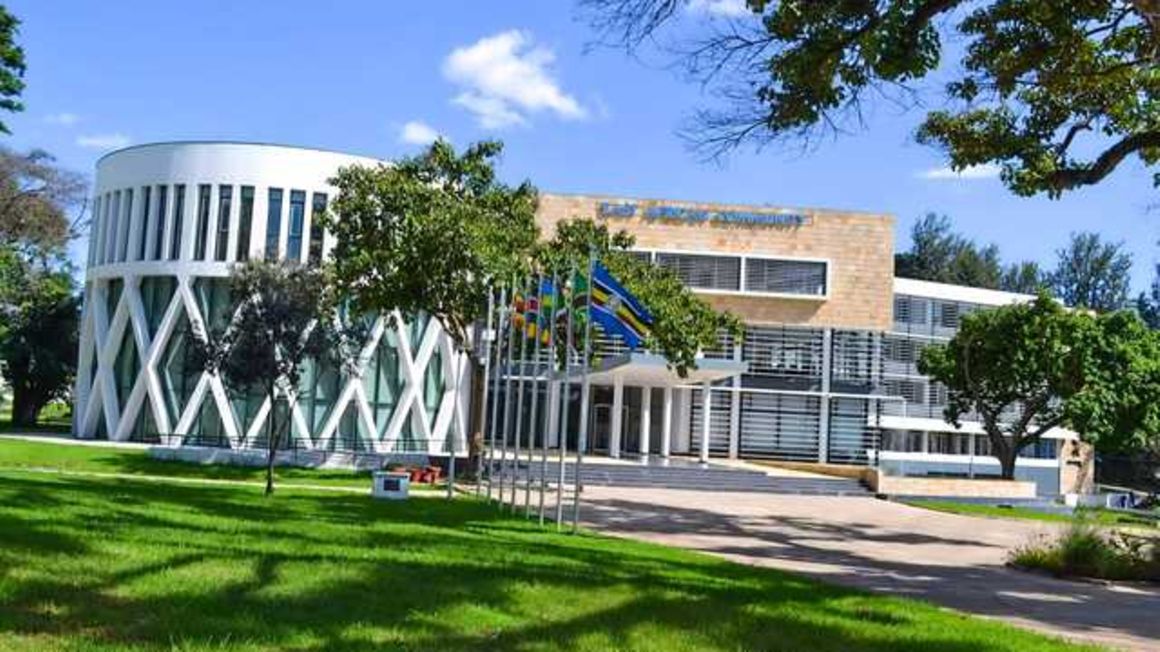EAC adopts new tax rate to protect infant industries

EAC headquarters in Arusha, Tanzania. PHOTO | COURTESY
What you need to know:
- The Common External Tariff is a key instruments under the Customs Union pillar, which justifies regional integration through uniform treatment of goods imported from third parties.
- 35%: Subjected: A number of imports such as dairy and meat products, cereals, cotton and textiles, iron and steel, among others, will be subjected to a 35 percent duty.
Regional trade and finance ministers have adopted a 35 percent levy as the EAC Common External Tariff that seeks to protect infant industries within the region against unfair competition.
The tariff, which applies to imports that are similar to goods produced within the East African Community, was reached by regional ministers of trade and finance during a retreat to review of the Common External Tariff in Mombasa, Kenya last week.
The Common External Tariff is reviewed every five years. The last review was done in 2016.
Mr Daniel Birungi, the Uganda Manufactures Association (UMA) executive director, said the 35 percent band was proposed as the maximum by UMA as a way of protecting infant industries against imports, a position that was later adopted by government and presented during the review.
This band will mainly apply to dairy and meat products, cereals, cotton and textiles, iron and steel, edible oils and beverages, spirits, furniture, leather products and fresh-cut flowers.
Other will include fruits, sugar, confectionery, coffee, tea, spices, textile and garments, head gears, ceramic products and paints, among others.
The ministers further agreed that there should be flexibility in implementation of the revised Common External Tariff, particularly on products that are currently affected by the current global economic realities.
Ms Betty Maina, the EAC Council of Ministers chairperson and Kenya’s cabinet secretary for Trade, industrialisation and enterprise development, said the move will benefit promotion of industrialisation and safeguard consumer welfare on net imported products.
The meeting further directed EAC partner states to identify products which are affected by the current global trade disruptions for consideration during the pre-budget consultation meeting scheduled to start today until Friday (May 9 to 13).
Dr Peter Mathuki, the EAC secretary general, said the 35 percent band will spur intra-regional trade by encouraging local manufacturing, value addition and industrialisation.
The Common External Tariff is a key instruments under the Customs Union pillar, which justifies regional integration through uniform treatment of goods imported from third parties.




